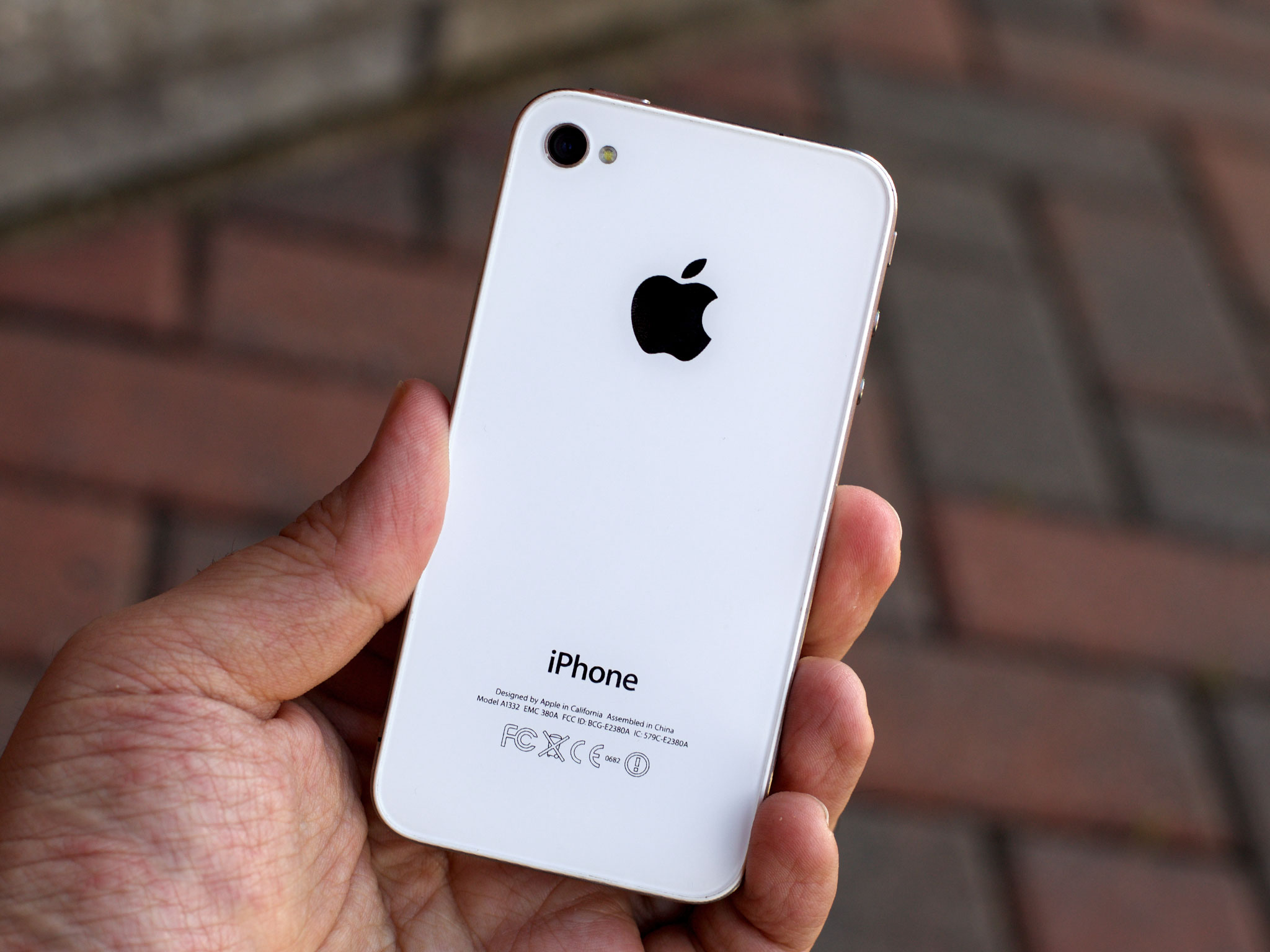Used iPhone 4 vs 4s: Which should you buy?

iPhone 4 and iPhone 4s are classics. If you're looking for a used iPhone, both of them will be among the least-expensive options available. They're similar in many ways, but if you're in the market, there are some important differences you'll need to consider before making your choice!
Size
Both phones are 4.5 inches tall, 2.3 inches wide, and 0.37 inches thick. The only size difference between them is that, technically, the iPhone 4 weighs in at 4.8 ounces, while the 4s comes in at a whopping 4.9 ounces.
Not a huge difference.
Camera
The iPhone 4 offers 4 megapixel still shots, while the iPhone 4s can do 8 megapixels. The iPhone 4 offers 720p video at 30 FPS while the the iPhone 4s was improved to 1080p at 30 FPS, which is significant.
If you care about camera quality, the iPhone 4s is the way to go.
Battery life
Both the iPhone 4 and iPhone 4s are capable of 10 hours of video playback, but the battery in the iPhone 4 can support 7 hours of talk time, while the iPhone 4s will give you up to 8. iPhone 4s also lasts longer on Wi-Fi surfing than iPhone 4—and hour longer.
Processor and storage
The iPhone 4 has a single core A4 processor, and is available in 16GB and 32GB. The iPhone 4s, with an improved dual-core A5 processor, offers a 64GB option.
iMore offers spot-on advice and guidance from our team of experts, with decades of Apple device experience to lean on. Learn more with iMore!
iOS compatibility
In terms of keeping your phone updated, it's important to know that the iPhone 4 can only run iOS 5 or earlier. That means no more updates, no more security patches, and the potential that new apps won't work on its older hardware.
iPhone 4S, on the other hand, can run up to iOS 9, the latest version of Apple's operating system. It doesn't run it fully or anywhere nearly as well as newer iPhones, but you'll still get software updates, security patches, and apps that work.
If you don't regularly download games and apps, this won't be a concern, but if you do, you may need to look to newer versions of the iPhone to support your preferences.
Siri
Apple's personal virtual assistant, Siri, was introduced with the iPhone 4s. That means it isn't available for iPhone 4. In other words, if you want proper voice control, you'll need to go for iPhone 4s.
Carrier support
The original iPhone 4 only supported AT&T in the U.S. and GSM carriers globally. A Verizon-version compatible with CDMA networks was released just over half-a-year later, however. iPhone 4s had support for both AT&T and Verizon built-in from day one.
So, if you plan to use your iPhone 4 of iPhone 4s on AT&T or on an international network, you'll likely be fine with either. You'll be limited to 3G speeds, but you'll be online. If you plan to use your iPhone on Verizon, you'll need to make sure you're getting a Verizon iPhone 4 or an iPhone 4s specifically.
The bottom line
Both iPhone 4 and iPhone 4s are perfectly usable phones. They can handle your essential requirements, from calls and text messages, to internet searches, email notifications, and photos. If you're looking for a basic, entry level iPhone, they're okay options, especially the iPhone 4s.

